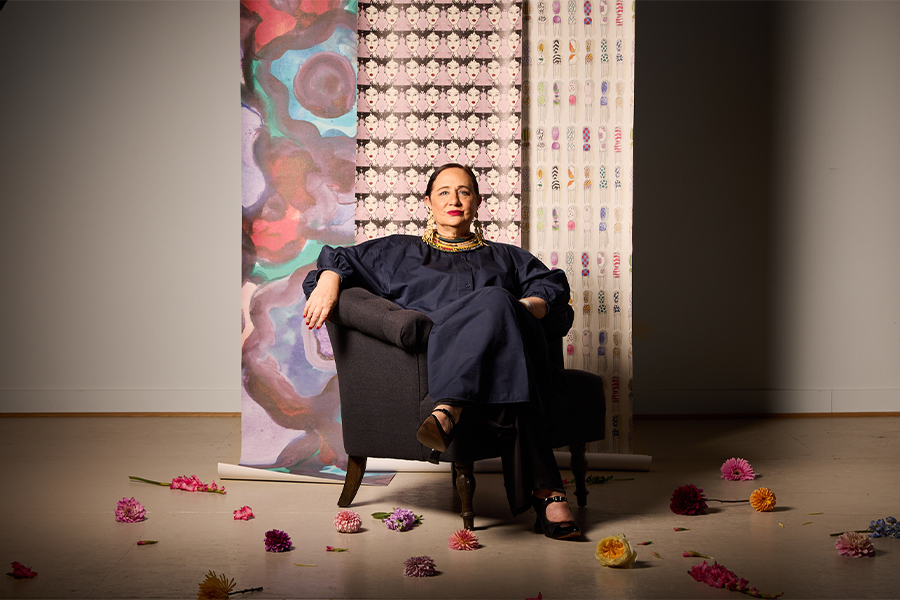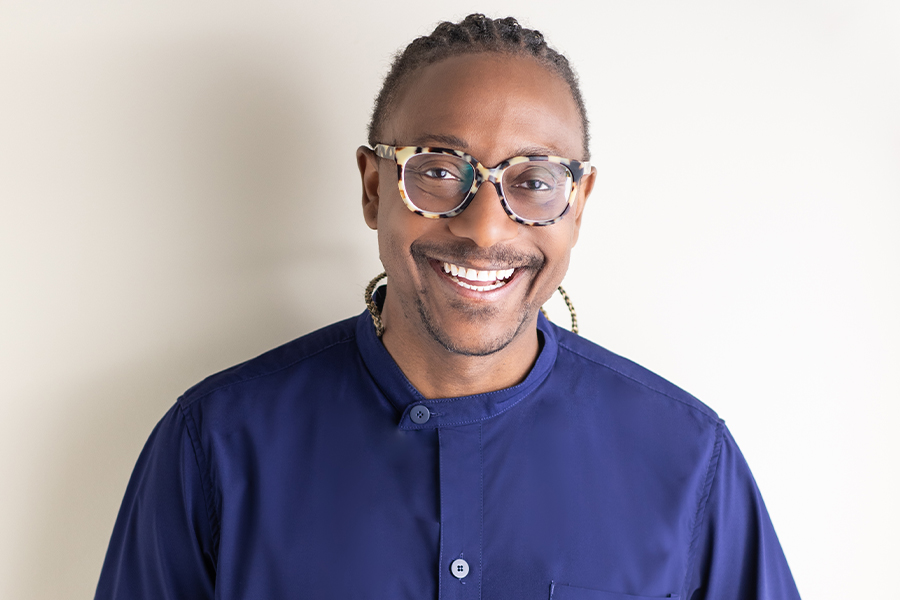On a visit to his birthplace of Karachi, Pakistan, an 8-year-old Danish Kurani watched his cousin play cricket with friends in the street, sharing that makeshift playing field with cows, debris, and rickshaws with cars zipping by—just barely missing the children. Four years later, in a suburb of Atlanta, that indelible memory inspired his entry for a design competition at his mosque: a rec center where the kids of Karachi could play safely. “I realized that I could use architecture to help improve people’s lives,” recalls Kurani. The 13 year old may not have won the competition, but he gained focus after discovering the power of design.
Following architecture studies at Rice University in Houston and Harvard, he went on to gain professional experience at prestigious firms such as Richard Meier and Kohn Pederson Fox (KPF), but continued designing for the causes he cared about after hours. “I was never more alive and awake than in those late-night hours working to help humanity,” the Pakistani-American architect says. “Designers are sometimes too preoccupied with form and aesthetics. We need to get obsessed with purpose.” In 2013, he struck out on his own to launch his Atlanta-based firm, Kurani, with the goal of finding and securing funding for design solutions to help solve societal issues.
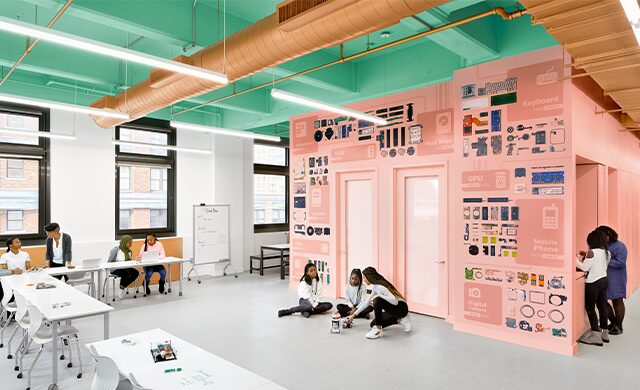
Wall graphics in Black Girls Code in New York illustrate the insides of computers and mobile devices
Since then, he’s become something of a design activist, particularly in education and equity. He teaches at Harvard on the subject of learning environments for tomorrow while advising companies and governments on related issues. Google tapped him to create Code Next, a STEM lab in Oakland, California that provides mostly Black and Latinx kids with hands-on education in science, tech, engineering, and math. It’s coupled with the Howard West and Tech Exchange campuses, built by Kurani and Google, so computer science majors from historically Black colleges and universities (HBCUs) and Hispanic-Serving Institutions can attend classes and gain work experience at Google.
“Right now, in this country, there’s an awakened consciousness around equality, fairness, and justice,” he says. “Part of that is the result of an unfair prison system, but design can help propel us forward.” In fact, he’s built Reset campus in Northern California, a prison alternative that rehabilitates and empowers young men to change their lives. Instead of sitting behind bars in a concrete cell, they take classes, receive job training, have access to therapy, and even tend to a garden, all within an open and airy environment that resembles a startup’s office.
Currently, Kurani is seeking funding for a center aimed at empowering Black youth to use art as a lever for change. And he’s about to kick off construction on a vocational training school for kids in one of the poorest parts of rural India. “The world is facing a crisis on every level and on so many fronts,” he points out. “I want to show society that architects should be at the conversation table—that what we do has a profound impact on all these issues.”
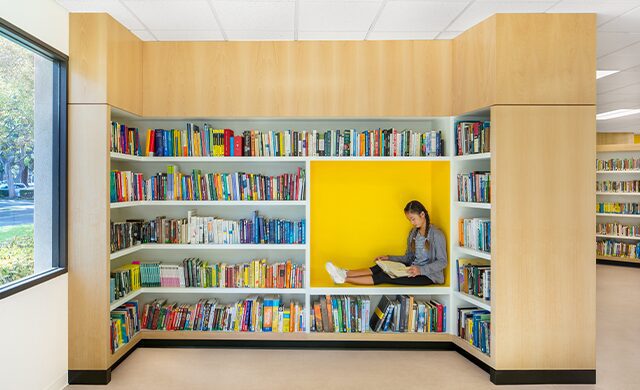
The Khan Lab School employs clever design solutions, like a seating nook within bookshelves
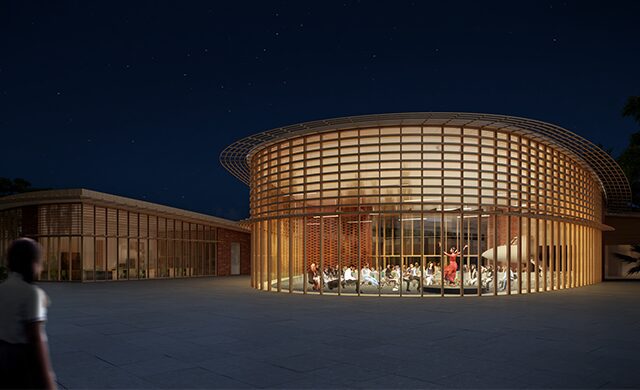
A rendering of the in-the-works Riverbend school near Chennai, India
This article originally appeared in HD’s July 2020 issue.

